One of the most effective and budget-friendly ways to unclog your kitchen sink is by using the boiling water method. This method is perfect for minor clogs caused by grease, food particles, or soap buildup. All you need is a pot of boiling water and some patience. Start by removing any standing water from your sink, then boil a pot of water on the stove. Once the water is boiling, carefully pour it down the clogged drain in a slow, steady stream. The hot water will help break down and flush away any blockages in your pipes. For tougher clogs, you may need to repeat this process a few times. Just make sure to give your sink a break in between each attempt to avoid damaging your pipes with too much heat.1. Boiling Water Method
If you're dealing with a stubborn clog, the vinegar and baking soda method can help break it down. The combination of these two household items creates a chemical reaction that can dissolve and dislodge clogs. Start by pouring a pot of boiling water down the drain to soften and loosen the clog. Then, pour half a cup of baking soda down the drain, followed by a cup of white vinegar. Cover the drain with a plug or cloth to contain the fizzing reaction. After 10-15 minutes, pour another pot of boiling water down the drain to flush away any remaining residue. This method is safe for most types of pipes and can be repeated if needed.2. Vinegar and Baking Soda Method
A plunger is a tried and true tool for unclogging sinks. If you have a double sink, make sure to cover the other drain with a cloth or plug before using the plunger on the clogged one. Fill the sink with enough water to cover the plunger, then place the plunger over the drain and start plunging up and down. This will create suction and pressure to dislodge the clog. If the water starts to drain, continue plunging until the sink is completely unclogged. If the plunger doesn't work, you may need to try a different method or call a professional plumber for assistance.3. Plunger Method
For a quick and easy unclogging method, try using salt and hot water. This method is perfect for minor clogs and can also help prevent future clogs from forming. Start by removing any standing water from your sink, then pour half a cup of salt down the drain. Follow with a pot of boiling water and let it sit for a few minutes. The hot water will dissolve the salt and help break down any clogs, while the abrasive texture of the salt can help scrub away buildup on the pipes. After 5-10 minutes, run hot water down the drain to flush away the salt and any remaining debris.4. Salt and Hot Water Method
Another easy and effective method to unclog a kitchen sink is by using dish soap and hot water. The soap acts as a lubricant and can help break down and flush away any clogs. Start by removing any standing water from the sink, then squirt a generous amount of dish soap down the drain. Follow with a pot of boiling water and let it sit for a few minutes. The hot water will help the soap penetrate and loosen the clog. After 10-15 minutes, run hot water down the drain to flush away the soap and any remaining residue.5. Dish Soap and Hot Water Method
If you have a stubborn clog that is difficult to reach, a wire hanger can come in handy. This method is best for clogs located further down the drain, such as in the trap or pipe bend. Straighten out a wire hanger and create a small hook at one end. Carefully insert the hooked end into the drain and use a twisting motion to try and dislodge the clog. If you feel resistance, pull out the hanger and clear away any debris that may have caught on the hook. Repeat until the clog is cleared. This method can be tricky and may require some patience and effort, but it can be effective for tougher clogs.6. Wire Hanger Method
If you have a wet and dry vacuum, you can also use it to unclog your kitchen sink. This method works best for clogs caused by solid objects, such as food scraps or small utensils. Start by setting your vacuum to the wet setting and covering the vent with a cloth or paper towel. Place the hose over the drain and turn it on. The suction from the vacuum can help pull out the clog, allowing you to easily dispose of it. Make sure to empty and clean your vacuum after using it for this method, as it may contain debris from your clogged sink.7. Wet and Dry Vacuum Method
If you prefer a more natural and eco-friendly approach to unclogging your kitchen sink, you can try using an enzyme drain cleaner. These cleaners use natural enzymes and bacteria to break down and dissolve clogs. Follow the instructions on the product and pour it down the drain. Let it sit for a few hours or overnight to allow it to work on the clog. Then, flush it with hot water to clear away any remaining residue. This method may take longer than others, but it is safe for your pipes and can help prevent future clogs.8. Enzyme Drain Cleaner Method
If you have a stubborn clog that just won't budge, a plumbing snake may be your best bet. This tool is designed to reach and break up clogs deep in your pipes. Insert the snake into the drain and gently push it down until you feel resistance. Then, turn the handle to break up the clog and push it through the pipes. Continue until the clog is cleared, then flush the drain with hot water. Plumbing snakes can be purchased or rented from most hardware stores and are best used by those with some DIY experience.9. Plumbing Snake Method
This method is similar to the vinegar and baking soda method, but uses hydrogen peroxide instead. Hydrogen peroxide is a natural disinfectant and can help break down and dissolve clogs. Start by pouring half a cup of baking soda down the drain, followed by a cup of hydrogen peroxide. Cover the drain and let it sit for 30 minutes. Then, pour a pot of boiling water down the drain to flush away the clog. This method is safe for most types of pipes and can be repeated if needed. In conclusion, there are many ways to unclog a kitchen sink using simple household items and tools. Whether you prefer a natural approach or a more traditional method, these 10 options can help you get your sink back to working properly in no time. Just remember to always use caution and seek professional help if needed.10. Hydrogen Peroxide and Baking Soda Method
Why Boiling Water is the Best Solution for Unclogging Your Kitchen Sink

A Quick and Easy Fix for a Common Household Problem
 Dealing with a clogged
kitchen sink
can be a frustrating and inconvenient experience. It can disrupt your daily routine and leave you with a messy and unpleasant kitchen.
Boiling water
may not be the first solution that comes to mind when thinking about unclogging a sink, but it is one of the most effective and
eco-friendly
methods. Not only is it an easy fix, but it also saves you from using harsh chemicals that can damage your pipes and harm the environment.
Dealing with a clogged
kitchen sink
can be a frustrating and inconvenient experience. It can disrupt your daily routine and leave you with a messy and unpleasant kitchen.
Boiling water
may not be the first solution that comes to mind when thinking about unclogging a sink, but it is one of the most effective and
eco-friendly
methods. Not only is it an easy fix, but it also saves you from using harsh chemicals that can damage your pipes and harm the environment.
How Boiling Water Works to Unclog Your Sink
 Many kitchen sink clogs are caused by a buildup of grease, food particles, and other debris. Over time, these substances can harden and create a blockage in your pipes. Using
boiling water
can help to break down these substances and clear the clog. When poured down the drain, the hot water can soften and melt the hardened materials, allowing them to move through the pipes and out of your sink.
Many kitchen sink clogs are caused by a buildup of grease, food particles, and other debris. Over time, these substances can harden and create a blockage in your pipes. Using
boiling water
can help to break down these substances and clear the clog. When poured down the drain, the hot water can soften and melt the hardened materials, allowing them to move through the pipes and out of your sink.
The Benefits of Using Boiling Water
 Aside from being a natural and
chemical-free
solution, using boiling water to unclog your kitchen sink has other benefits. It is a quick and easy method that requires minimal effort and materials. All you need is a pot of boiling water and a kettle or a large measuring cup to pour it into your sink. This makes it a convenient option for those who don't have
plumbing tools
on hand or don't want to spend money on expensive drain cleaners.
Aside from being a natural and
chemical-free
solution, using boiling water to unclog your kitchen sink has other benefits. It is a quick and easy method that requires minimal effort and materials. All you need is a pot of boiling water and a kettle or a large measuring cup to pour it into your sink. This makes it a convenient option for those who don't have
plumbing tools
on hand or don't want to spend money on expensive drain cleaners.
How to Properly Use Boiling Water to Unclog Your Sink
 To effectively use boiling water to unclog your kitchen sink, start by boiling a large pot of water on the stove. While waiting for the water to boil, remove any standing water from your sink and remove the drain stopper if possible. Once the water has reached a rolling boil, carefully pour it down the drain in a steady stream.
Be cautious
when handling boiling water to avoid burns. You may need to repeat this process a few times, depending on the severity of the clog.
To effectively use boiling water to unclog your kitchen sink, start by boiling a large pot of water on the stove. While waiting for the water to boil, remove any standing water from your sink and remove the drain stopper if possible. Once the water has reached a rolling boil, carefully pour it down the drain in a steady stream.
Be cautious
when handling boiling water to avoid burns. You may need to repeat this process a few times, depending on the severity of the clog.
Preventative Measures to Avoid Future Clogs
 To prevent future clogs in your kitchen sink, there are a few preventive measures you can take. First, avoid pouring grease and oil down the drain as it can solidify and cause blockages. Also, use a drain stopper or strainer to catch food particles and debris before they enter the pipes. Regularly running hot water down the drain can also help to prevent buildup and keep the pipes clear.
In conclusion,
boiling water
is a simple yet effective solution for unclogging your kitchen sink. It is an environmentally-friendly and cost-effective method that can save you time and hassle. Remember to use caution when handling boiling water and take preventative measures to avoid future clogs. With these tips, you can keep your kitchen sink running smoothly without the need for harsh chemicals or expensive tools.
To prevent future clogs in your kitchen sink, there are a few preventive measures you can take. First, avoid pouring grease and oil down the drain as it can solidify and cause blockages. Also, use a drain stopper or strainer to catch food particles and debris before they enter the pipes. Regularly running hot water down the drain can also help to prevent buildup and keep the pipes clear.
In conclusion,
boiling water
is a simple yet effective solution for unclogging your kitchen sink. It is an environmentally-friendly and cost-effective method that can save you time and hassle. Remember to use caution when handling boiling water and take preventative measures to avoid future clogs. With these tips, you can keep your kitchen sink running smoothly without the need for harsh chemicals or expensive tools.






























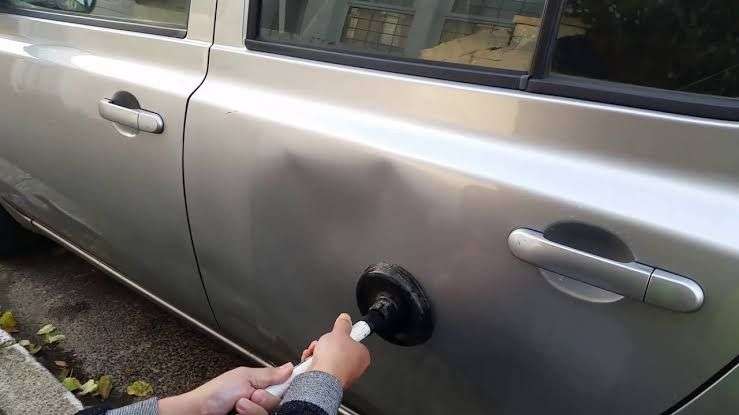














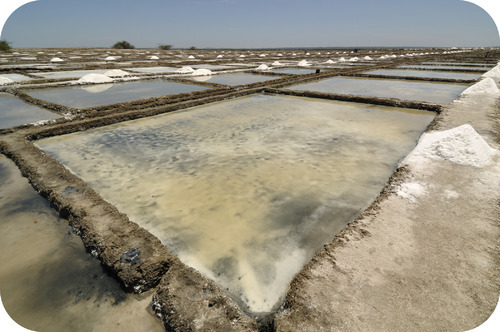





/GettyImages-80566571-5a1ca234aad52b00373338ff.jpg)







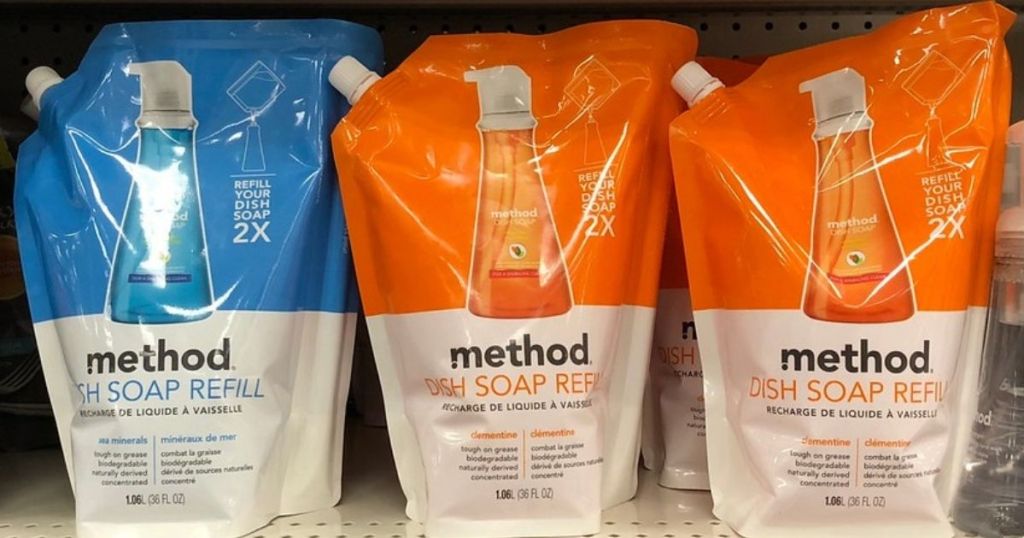
















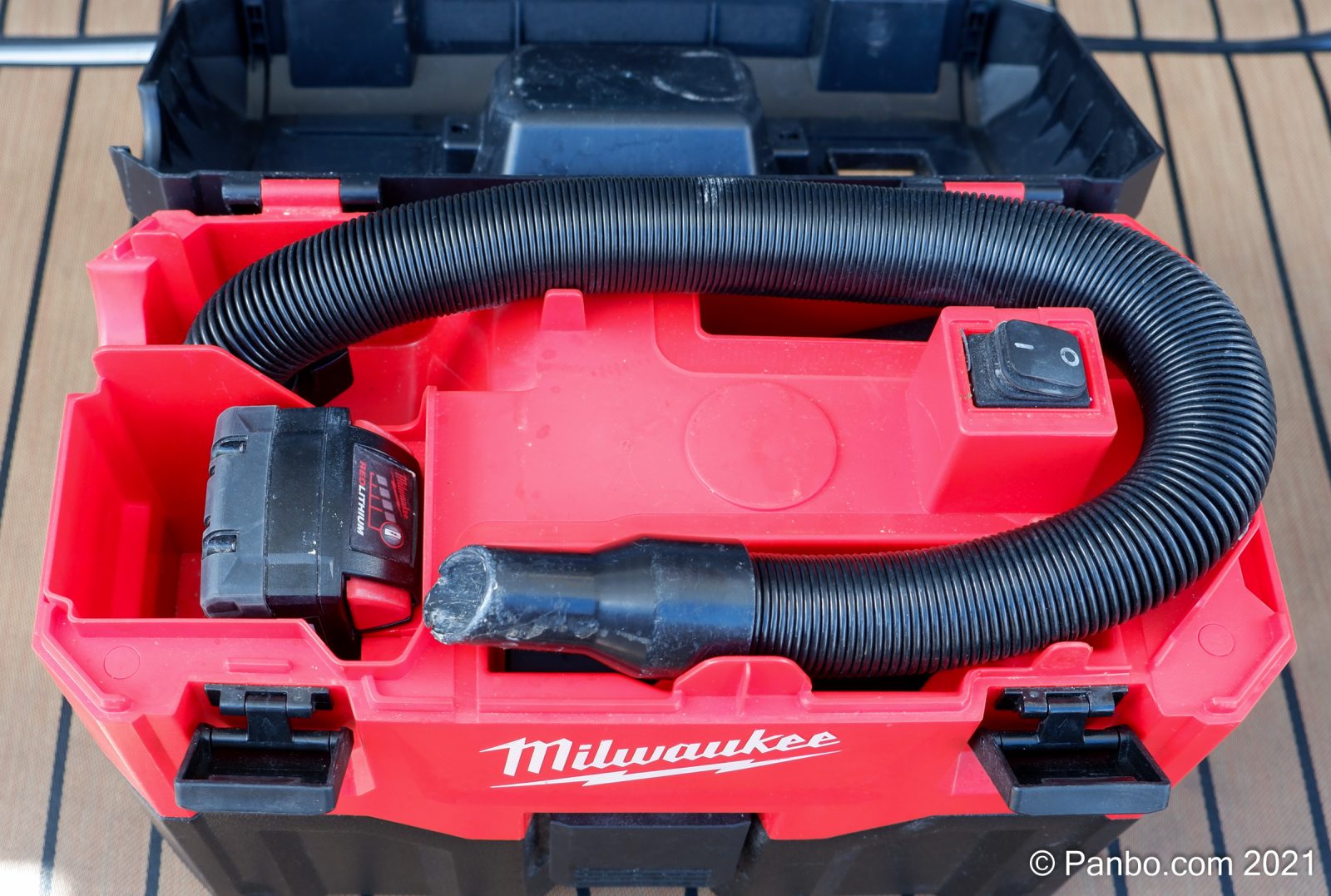











/GreenGobblerRefresh32oz-5bc63b0d4cedfd00266e4611.jpg)




:max_bytes(150000):strip_icc()/SPR-HOME-v2-8-best-drain-openers-4177167-8e4b5c1d411f4b888b7b67f53252aa86.jpg)








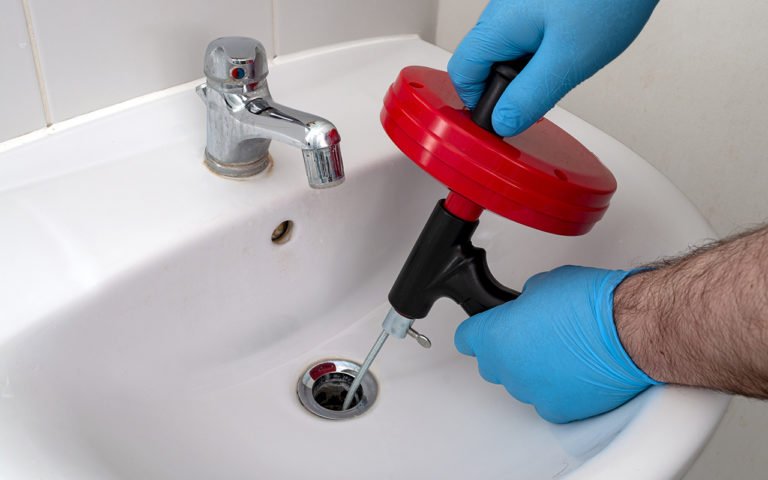


















:max_bytes(150000):strip_icc()/Contemporary-Charcoal-Living-Room-Grand-Design-London-586eff183df78c17b6d9b9c8.jpg)


